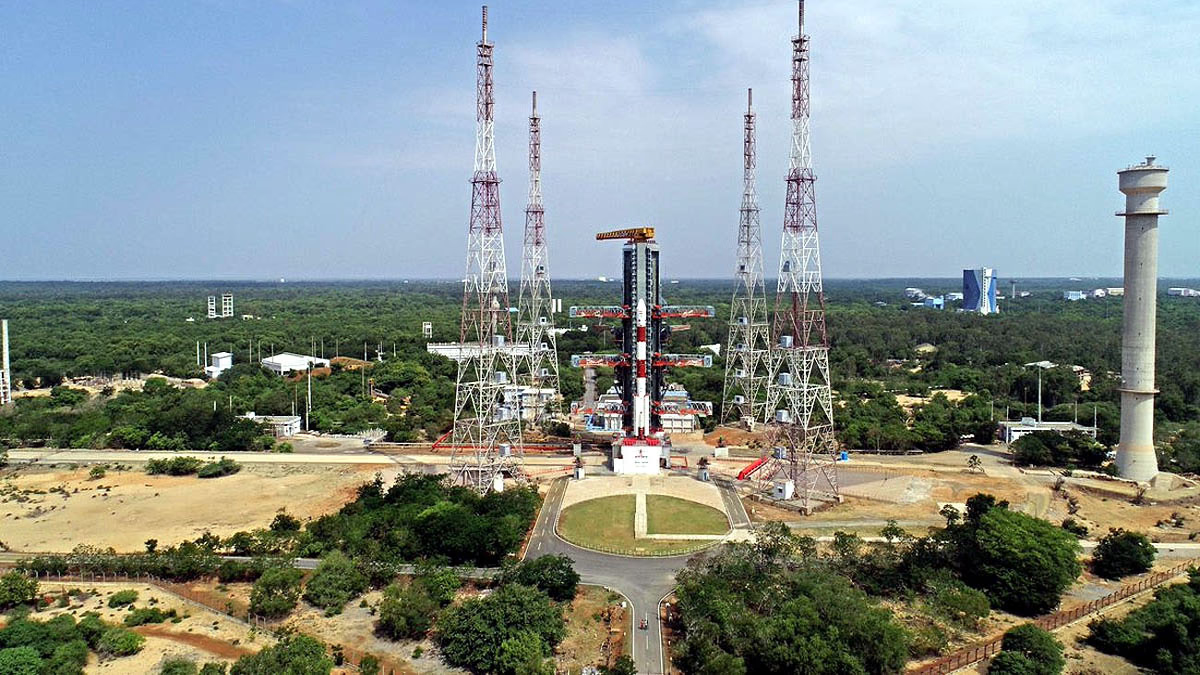The Indian Space Research Organization (ISRO) is all set to launch the EOS-09 satellite, also known as RISAT-1B, from the Satish Dhawan Space Centre in Sriharikota, Andhra Pradesh on June 18. This launch marks a significant milestone for India's space program. The EOS-9 is the latest version of the satellite that has been pivotal in monitoring India's surgical and air strikes.
Launch Details
The EOS-09 will be deployed into Earth's orbit at an altitude of 529 kilometers using the PSLV-C61 XL rocket. Weighing 1,710 kilograms, this satellite is equipped with a C-band Synthetic Aperture Radar (SAR). Its advanced radar system will deliver high-resolution images of Earth's surface, regardless of day, night, or weather conditions. The launch is scheduled for 6:59 AM on June 18.
Features and Importance of EOS-09
The EOS-09 is the seventh satellite in the RISAT (Radar Imaging Satellite) series. Its advanced radar imaging capabilities allow it to capture accurate and high-quality images even in adverse conditions such as clouds, fog, or darkness...
Defense and Security: EOS-09 will provide critical information for India's defense operations, assisting in military planning and operations like border surveillance, monitoring suspicious activities, and mapping strategic areas. Its high-resolution imaging capabilities will offer vital data for the armed forces.
Disaster Management: This satellite will play a key role in monitoring natural disasters such as floods, earthquakes, cyclones, and landslides, helping assess affected areas. Timely information during disasters is a primary objective to aid in relief and rescue operations.
Resource Monitoring: EOS-09 will also be utilized for monitoring agriculture, forests, water resources, and minerals. It will help analyze land use, crop health, and environmental changes.

Source: aajtak
Significance of the RISAT Series
The RISAT series of satellites play a crucial role in strengthening India's radar imaging capabilities. Unlike traditional satellites that rely on optical sensors, these radar systems ensure continuous monitoring by overcoming weather obstacles.
RISAT-1, launched in 2012, was the first satellite in this series. ISRO has since advanced this technology further. EOS-09 stands as the latest and most technically advanced version in this series.
PSLV-C61 XL: ISRO's Reliable Launch Vehicle
The Polar Satellite Launch Vehicle (PSLV) has been ISRO's reliable launch vehicle, executing multiple successful missions. The PSLV-C61 XL is an advanced version designed to place heavier satellites into orbit. Its precision and reliability have earned it global recognition.
Progress of India's Space Program
This launch symbolizes the growing strength and self-reliance of India's space program. With ambitious missions like Chandrayaan, Mangalyaan, and Gaganyaan, ISRO has established a strong presence in the global space community in recent years. The launch of EOS-09 will not only showcase India's technical prowess but also bolster the nation's security and development in areas such as defense, disaster management, and resource management.




